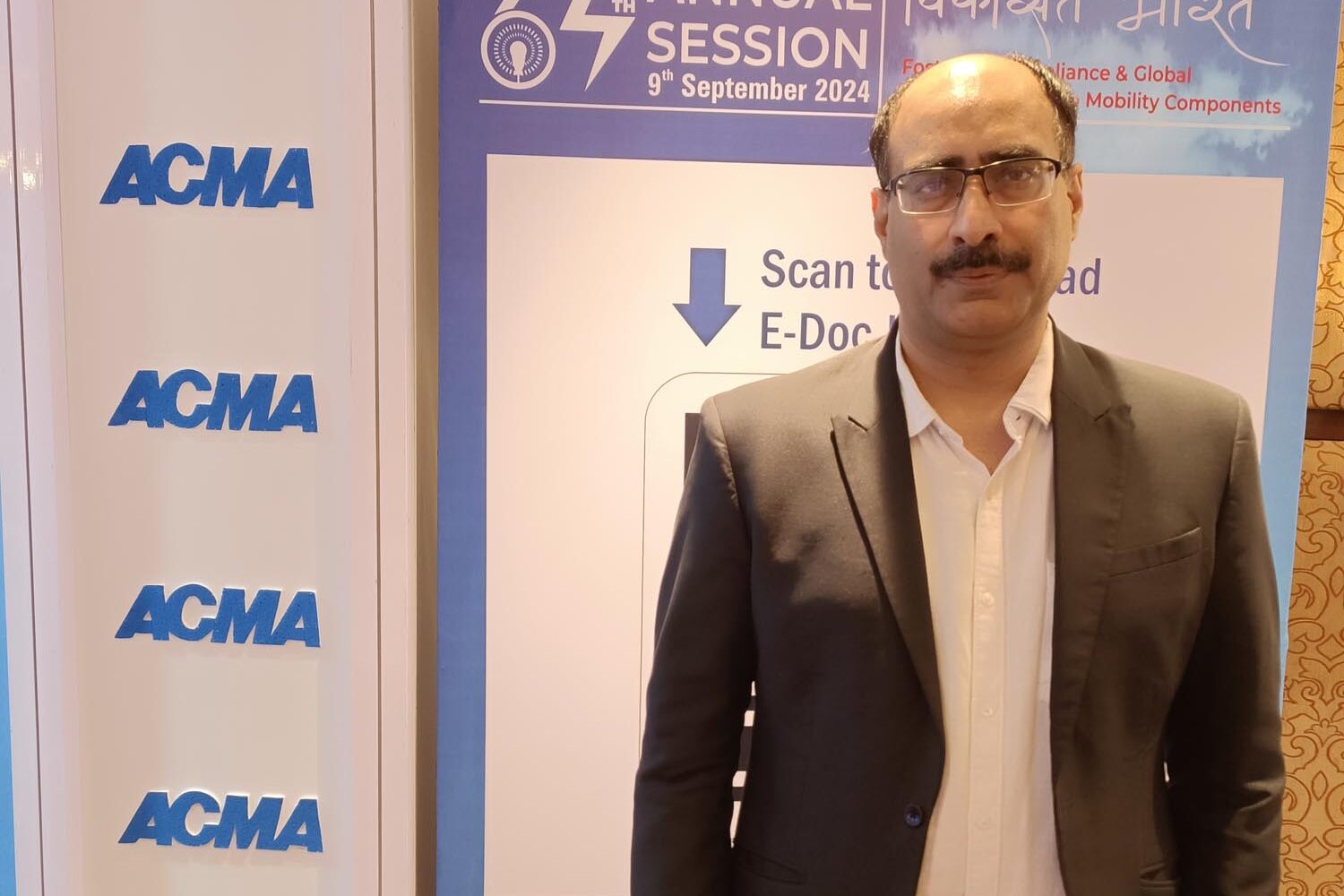
In an exclusive interview, Anil Syal, President of Safexpress, one of India’s leading logistics companies, shares insights on the evolving landscape of supply chain management, technological advancements, and the company’s vision for sustainable growth in a post-GST era.
Reshaping Regional Transportation in the Post-GST Era
The implementation of GST has fundamentally transformed India’s logistics sector. Mr.Syal elaborates on this significant shift: “Pre-GST, what used to happen was that we had a reasonable amount of warehousing system which would do the regional level warehousing, and then the last mile transportation would happen from there. Post GST, the trend has changed to centralized warehousing, because goods can now reach from any point of the country to any other point of the country without really having to go through a tax. Now, the fundamental is that goods can now be broken down into consignment level sizes for directly dealer level configurations, which was earlier in a full truck load and then deconsolidated into a part truck load.”
This transition has not only streamlined operations but has also led to increased efficiency in the movement of goods across the country. The shift from regional to centralized warehousing has created new challenges and opportunities for logistics providers.
Technological Innovation and Supply Chain Visibility
As transportation distances increase, the need for advanced tracking and inventory management systems has become paramount. Safexpress has invested heavily in cutting-edge technologies to address these evolving requirements. Mr. Anil emphasizes: “The foundational level trend that we see from the technological standpoint is the need for visibility, because your kilometers are increasing due to direct movement to various parts of the country. For that reason, the goods are for a higher number of days in transit, and hence the need for visibility is going up. And that, of course, in turn, is a genesis of need for a variety of other aspects of technology, not only visibility, but also inventory controls, inventory management and such.”

Sustainable Supply Chain Management
In an era where environmental consciousness is paramount, the company has positioned itself as a leader in sustainable logistics operations. The company’s unique network structure plays a crucial role in this regard. Mr. Anil explains: “Safexpress, by virtue of its size, by virtue of its network, has now ended up becoming a mesh network, which basically means that we are now able to directly access destinations which are far deep and penetrated. Apple to Apple, comparison of a conventional hub and spoke supply chain network and a safe, expressive mesh network would ideally anyhow be leaning more greener towards safexpress because we are reaching directly.”
The company’s fleet of over 12,000 plus vehicles is gradually transitioning to alternative fuels, with a focus on first and last-mile operations. While middle-mile vehicles present ongoing challenges due to limited commercial electric vehicle options, Safexpress remains committed to its sustainability goals.
Resilience and Adaptability in Operations
Safexpress’s extensive network, covering numerous PIN codes across India, has enabled the company to develop robust disaster management systems. Mr. Syal details the company’s approach to handling disruptions: “Whenever such ambiguities come in, whenever there are calamities of various kind, act of gods or otherwise, we have our disaster management system which kicks in. Most recently we’ve had flood situations in Andhra and Telangana so we have alternative hubs which are now pitching in to be able to do the same thing. In the sense, my customers deep into Ongole or Vijayawada or Guntur are still getting serviced from my alternative hub positions which are not necessarily within the same town.”
Future Growth and Industry Outlook
As India continues to maintain robust economic growth, the logistics sector is poised for significant expansion. Syal is optimistic about the future, noting that the industry typically grows at a rate 1.5 times that of GDP growth. With India’s GDP growing at approximately 7%, the logistics sector can anticipate growth rates of around 10.5%.
The company’s performance reflects this positive outlook, with Safexpress reporting strong year-on-year growth. As an industry leader, the company maintains a significant advantage over competitors, having achieved sustained robust growth in the post-COVID period.
Safexpress’s journey in the evolving logistics landscape of India exemplifies the sector’s transformation. The company has successfully navigated the challenges posed by GST implementation, embraced technological innovation, and maintained a strong commitment to sustainability. As India’s economy continues to grow, Safexpress’s mesh network model, technological capabilities, and adaptable infrastructure position it well to capitalize on future opportunities while maintaining its leadership in sustainable logistics practices.